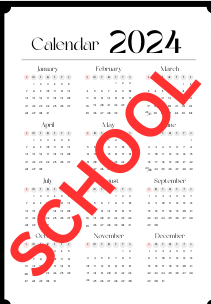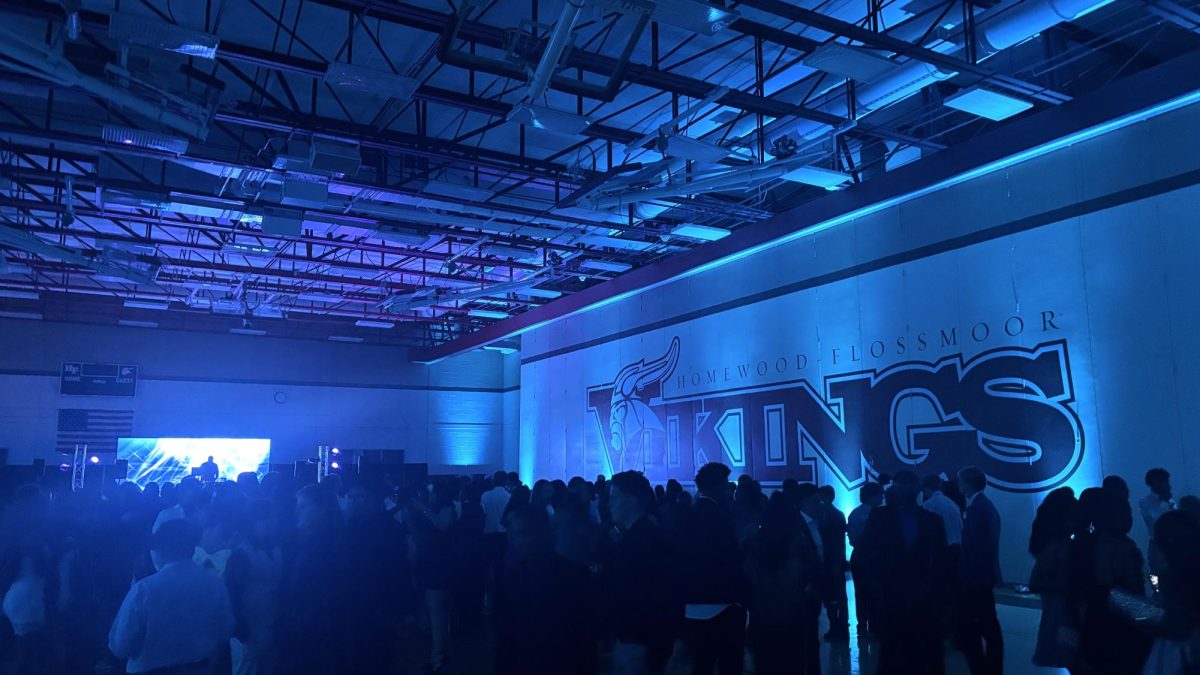Most people spend the entire school year waiting for summer break to arrive, but for some students, education does not end with the final bell signaling the start of summer vacation.
These students attend year-round schools where the academic calendar is structured to include shorter breaks throughout the year, allowing for more consistent learning.
In the state of Illinois, The Rock Island school system is one example of a district that has adopted a year-round school calendar to combat summer learning loss and provide students with more opportunities for academic growth.
This alternative schedule has been shown to improve student performance and retention of knowledge.
With a typical school calendar, kids attend school for nine months straight, with a three month break for summer. But, with a school operating on a year-round schedule, kids have a constant rotation of nine weeks of class followed by two weeks off.
When the school year is divided into shorter, more frequent breaks, students are able to retain more information and avoid the loss of information that often occurs during longer breaks.
According to the American College of Education, “When schools close for the summer, achievement gaps increase and students experience a decline in academic skills and social-emotional health.”
This new scheduling system helps combat these negative effects by providing students with regular opportunities to recharge and maintain their academic skills throughout the school year.
By implementing shorter, more frequent breaks, Rock Island School District is prioritizing student success and well-being.
School-wide education can also help with the safety and overall development of students, as they will have consistent access to resources and support from teachers and staff.
“Year-round school provides a more structured environment, one of consistency and positivity, for students with unsupportive or unstable homes,” says the American College of Education. “The safety and dependability that school offers don’t stop with the onset of summer.”
Year round schools can also have potential negative effects on students, teachers, and the well-being of the school.
As you would expect, students can start to feel burnout from so much education. And teachers can burn out from teaching it, which can leave them both with little motivation or focus to do their work. Students and teachers alike might really need a few months to refresh and prepare themselves for school again.
Lamar University said “Long summer breaks offer children unstructured time for independent play and exploration through participation in non-school activities.”
This time can allow students to develop creative and social skills that can’t be done in a classroom. Children get to explore more of the world and spend more time with their families.
The school must also have lots of expenses to cover due to the kids being in school all the time, such as providing lunch, transportation, and maintenance of facilities.
There is a necessary balance that students need when involved in education, but how big or small the summer break is can vary depending on the needs of the students and the resources available to the school.
Ultimately, finding a balance between structured learning and unstructured time for exploration is key to making the most of education.








